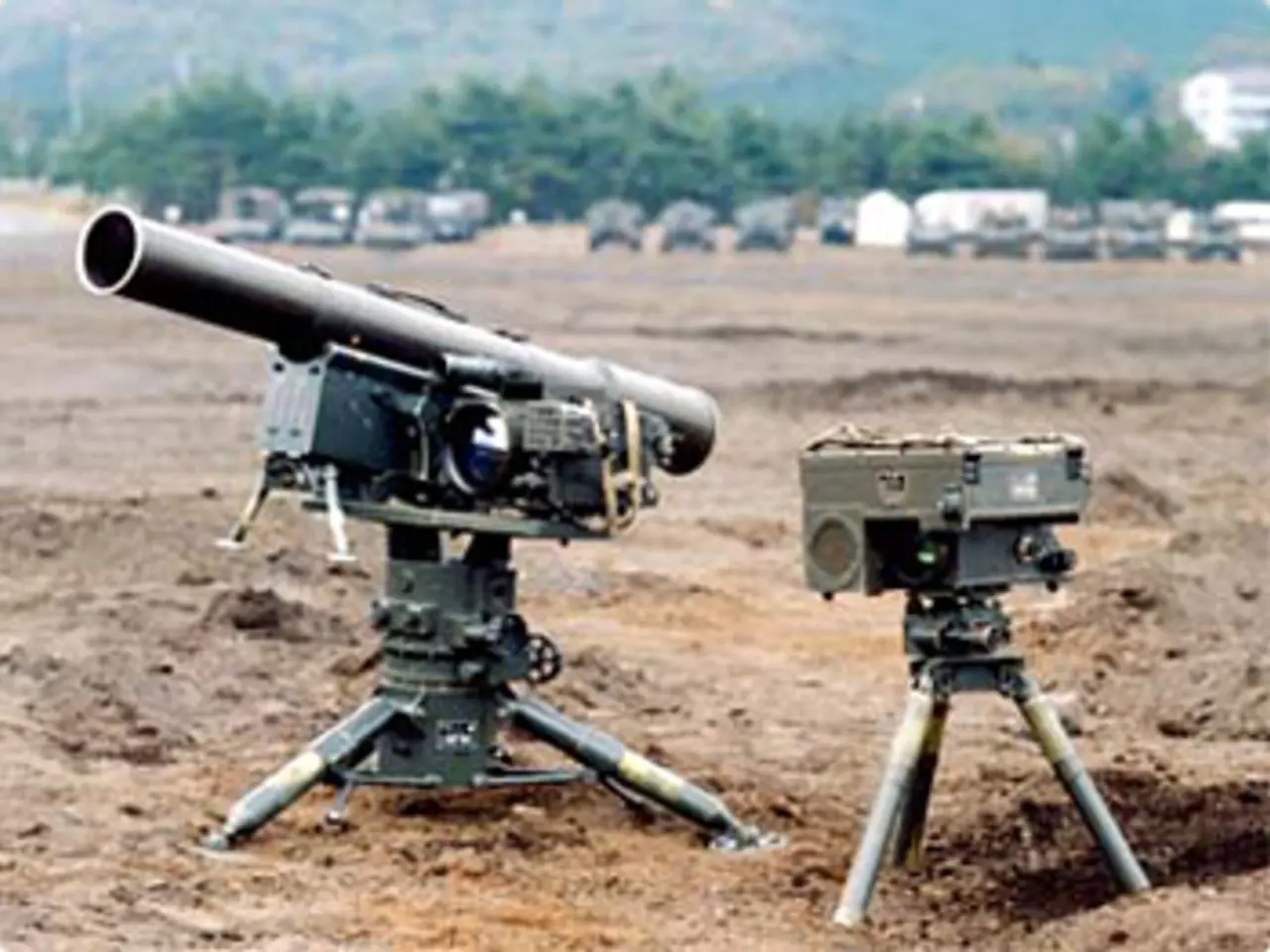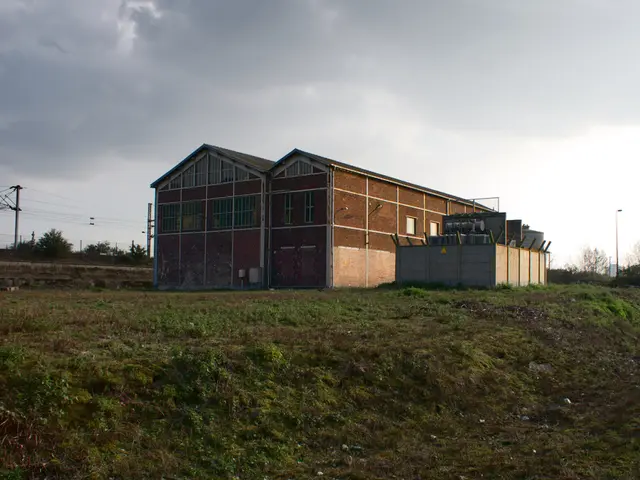Four protective layers will constitute Trump's top-tier Golden Dome security setup.
United States Unveils Ambitious Missile Defense System: Golden Dome
The United States is developing a comprehensive missile defense system known as the Golden Dome, designed to protect the country against a diverse range of missile threats including ballistic, hypersonic, and cruise missiles. This advanced defense initiative, which is currently in development, features a four-layer architecture that includes a space-based layer for missile sensing and interception, complemented by three ground-based layers involving missile interceptors, radar arrays, and potentially directed-energy weapons like lasers.
System Architecture and Components
The space-based layer of the Golden Dome system consists of a global constellation of satellites equipped with sensors and space-based interceptors. This layer is designed for rapid missile warning, tracking, and potential interception from orbit. The ground layers include 11 short-range interceptor batteries distributed across the continental US, Alaska, and Hawaii, advanced interceptor missiles like Lockheed Martin’s Next Generation Interceptor (NGI) and existing systems like THAAD and Aegis, integration of multiple radar systems, and potential use of directed-energy weapons and electronic warfare capabilities.
Cost and Funding
The total estimated cost for the Golden Dome system is around $175 billion. To date, Congress has allocated $25 billion as part of the 2025 funding package, with an additional $45.3 billion requested in the 2026 presidential budget to advance development and deployment efforts.
Timeline
The system was initiated under an executive order signed by President Donald Trump in January 2025, and it is planned to be operational by 2028. Key project milestones include industry team assembly, initial system design delivery within 60 days, and a full implementation plan by 120 days after project leadership appointments.
Technical Challenges and Significance
The Golden Dome aims to overcome current missile defense limitations by ensuring seamless integration "any sensor, any shooter," with faster kill-chain communication and improved anticipatory intelligence sharing. However, space layers require deploying thousands of orbiting interceptors, which critics note brings efficiency challenges due to orbital dynamics and the coverage footprint of interceptors. If fully realized, Golden Dome will become the most layered and expansive missile defense shield in U.S. history.
Industry Involvement
Numerous defense contractors, including Lockheed Martin, Boeing, Raytheon, Northrop Grumman, Sierra Nevada Corp., and AeroVironment, are involved in developing integrated sensor, interceptor, and electronic warfare components for the system.
In summary, the Golden Dome is an ambitious, multi-billion-dollar, multi-layer missile defense system integrating space and advanced terrestrial technologies aimed for deployment by 2028, with significant funding and industrial engagement underway to create a fast, flexible, and far-reaching shield against advanced missile threats.
The ambitious missile defense system, the Golden Dome, incorporates advanced technology from both space and business sectors, with companies like Lockheed Martin and Boeing involved in its development. In sports terms, the system's primary aim is to ensure the triumph of the nation against potential missile threats, with a strategic design combining speed, flexibility, and a wide-reaching defense.




